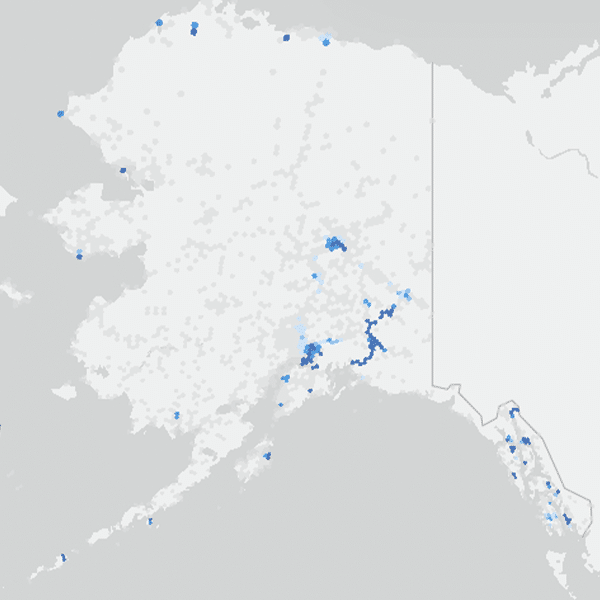Despite objections from the Department of Transportation (DOT), the FCC voted today to allow unlicensed use of 45 MHz of spectrum in the 5.9 GHz band. The spectrum was originally dedicated to intelligent transportation systems (ITS) over 20 years ago, but few such deployments have occurred.
The 5.9 GHz band includes 75 MHz of spectrum between 5.85 and 5.925 GHz. The FCC action today makes the lower 45 MHz of that band available for unlicensed use, while continuing to dedicate the upper 30 MHz of the band to ITS.
Making the lower 45 MHz of spectrum available for unlicensed use has gained broad support because that spectrum is adjacent to the 5.8 GHz band currently used on an unlicensed basis for Wi-Fi. And much of the installed base of Wi-Fi equipment can be upgraded via software to use the additional spectrum, paving the way for Wi-Fi to operate at gigabit speeds.
Indoor use of the additional 45 MHz can commence immediately, while those wishing to use the spectrum outdoors will need to wait a year until those few existing ITS users in the band can move to the upper portion of the band.
An important change, however, is that previous FCC rules called for the ITS band to use dedicated short-range communications (DSRC) technology, but the new rules call for the ITS portion of the band to use newer cellular-vehicle-to-everything (CV2X) technology.
According to FCC Commissioner Michael O’Rielly, who championed the order adopted today along with FCC Commissioner Jessica Rosenworcel, only 15,000 cars supporting DSRC technology were ever manufactured and only 3,000 were ever sold. None are currently for sale, he noted at today’s FCC meeting where the order was adopted. Most current deployments are for testing purposes, he said.
The technology, he said, was “a road to nowhere.”
In a letter sent to FCC Chairman Ajit Pai earlier this month, the DOT had a different take, arguing that the entire 75 MHz is needed for ITS and that the FCC should not “cast aside” DSRC.
An important consideration regarding the DOT 5.9 GHz objections may be whether ITS spectrum should be used only for traffic safety or whether it can support other vehicular applications as well.
At today’s meeting where the 5.9 GHz order was adopted, O’Rielly said many car companies engaged in discussions with the FCC when the changes to the band were proposed and that they agreed that 30 MHz was sufficient to meet their current needs.
He also noted that he would have liked to see the order clarify that the 30 MHz dedicated to ITS should only be used for traffic safety purposes.
While voicing support for most of the changes encompassed by the order, Rosenworcel argued that “We need a whole-of-government approach to spectrum policy” that might have achieved broader buy-in on the plans — an apparent reference to the DOT 5.9 GHz objections.
Some wireless internet service providers have deployed Wi-Fi outdoors in the lower 45 MHz of the 5.9 GHz band after obtaining special permission. In a statement, Louis Peraertz, vice president of policy for the Wireless Internet Service Providers Association, said: “The FCC took a leadership role today in opening up the underutilized 5.9 GHz band for shared, unlicensed commercial use. It has been largely offline for nearly two decades, denying Americans tremendous value and consumer welfare.”
The Wi-Fi Alliance also weighed in on the FCC action. “At a time when so many Americans rely on Wi-Fi for connectivity, this decision is vital,” the alliance said in a prepared statement. “The newly available unlicensed spectrum will enable wider channels that can be immediately used by Wi-Fi 6 to support gigabit connectivity with lower latency, improved coverage, and better power efficiency. The Wi-Fi industry is ready to use this spectrum to deliver expanded connectivity benefits nationwide.”
Updated with comments from the Wi-Fi Alliance


